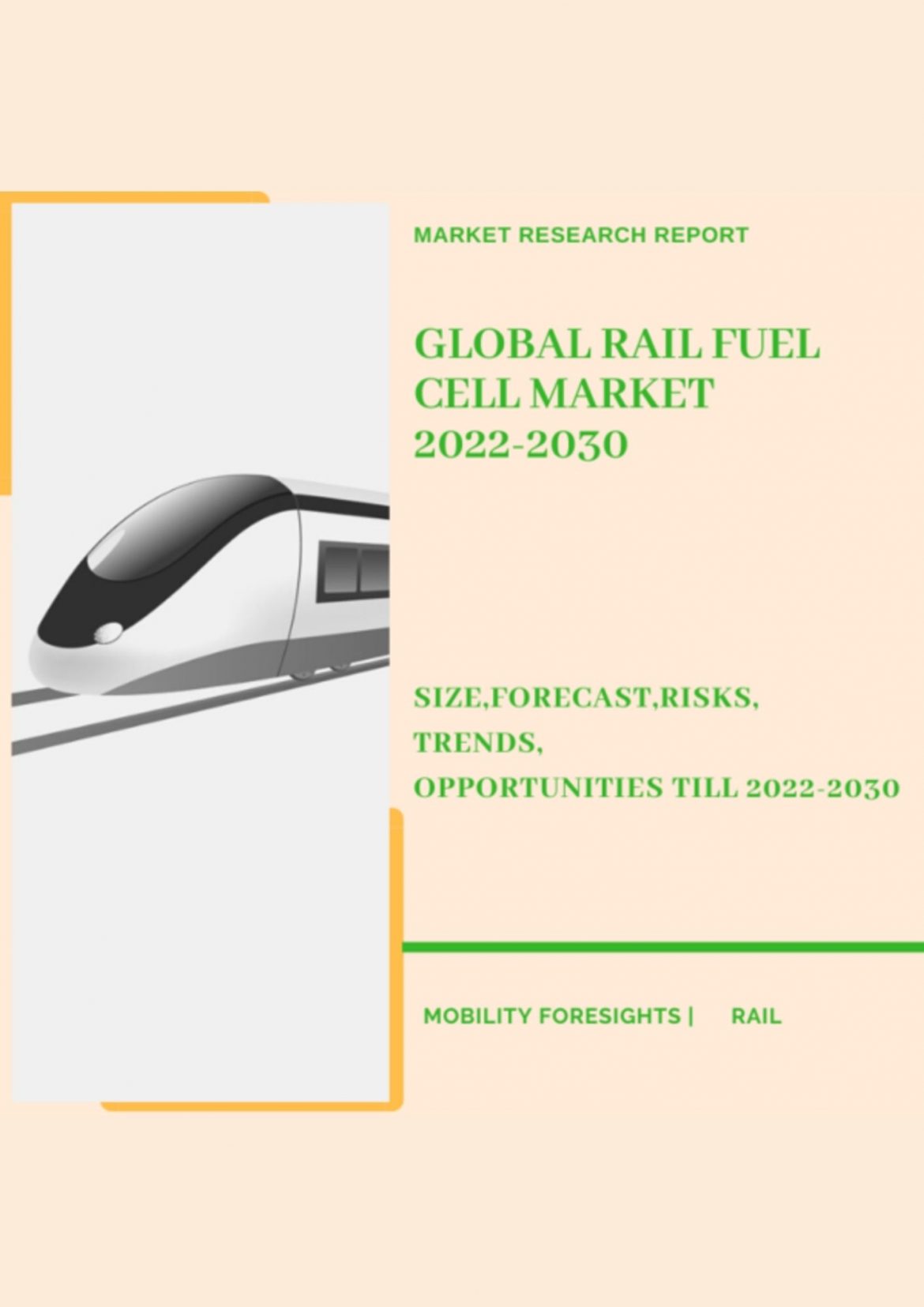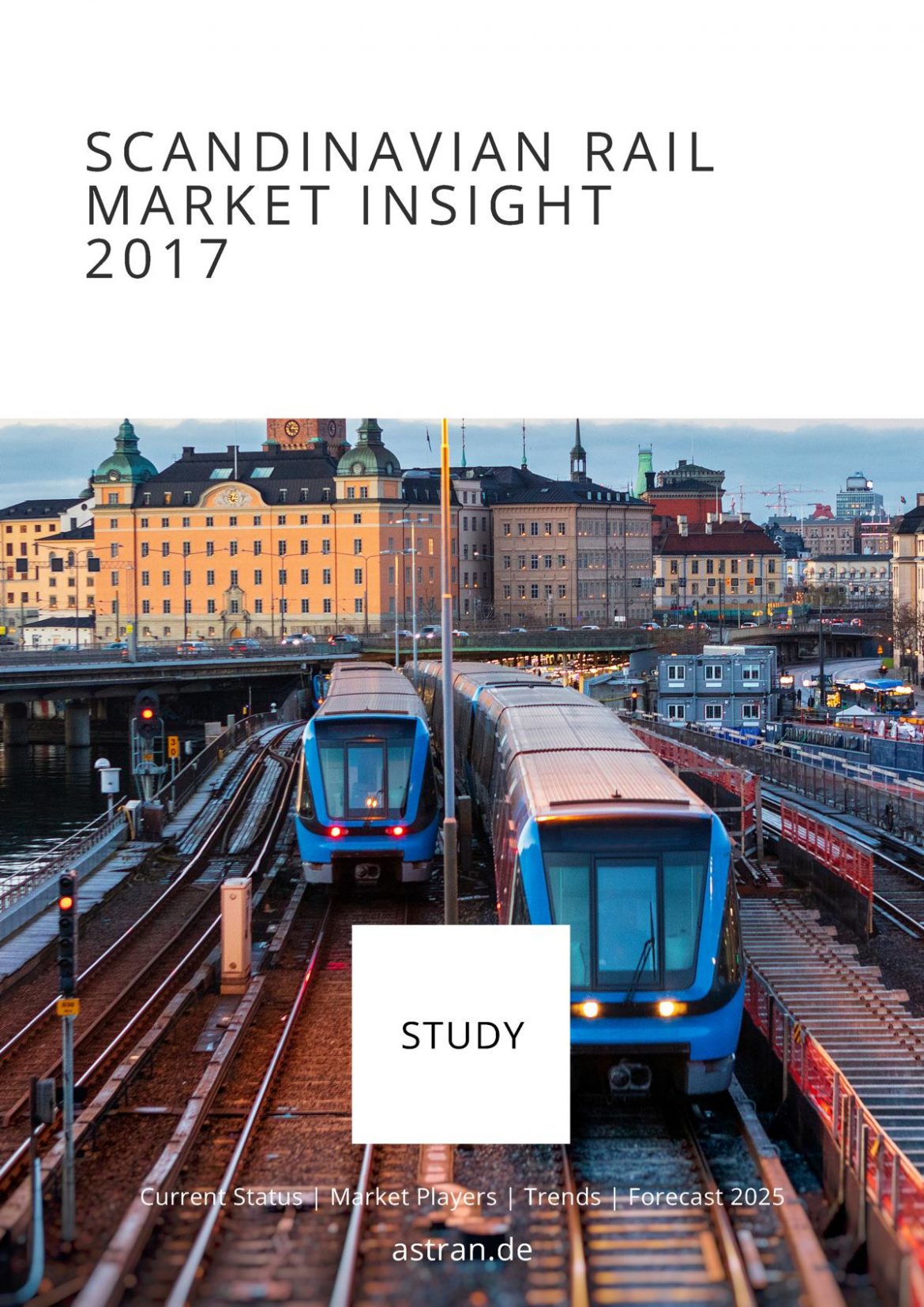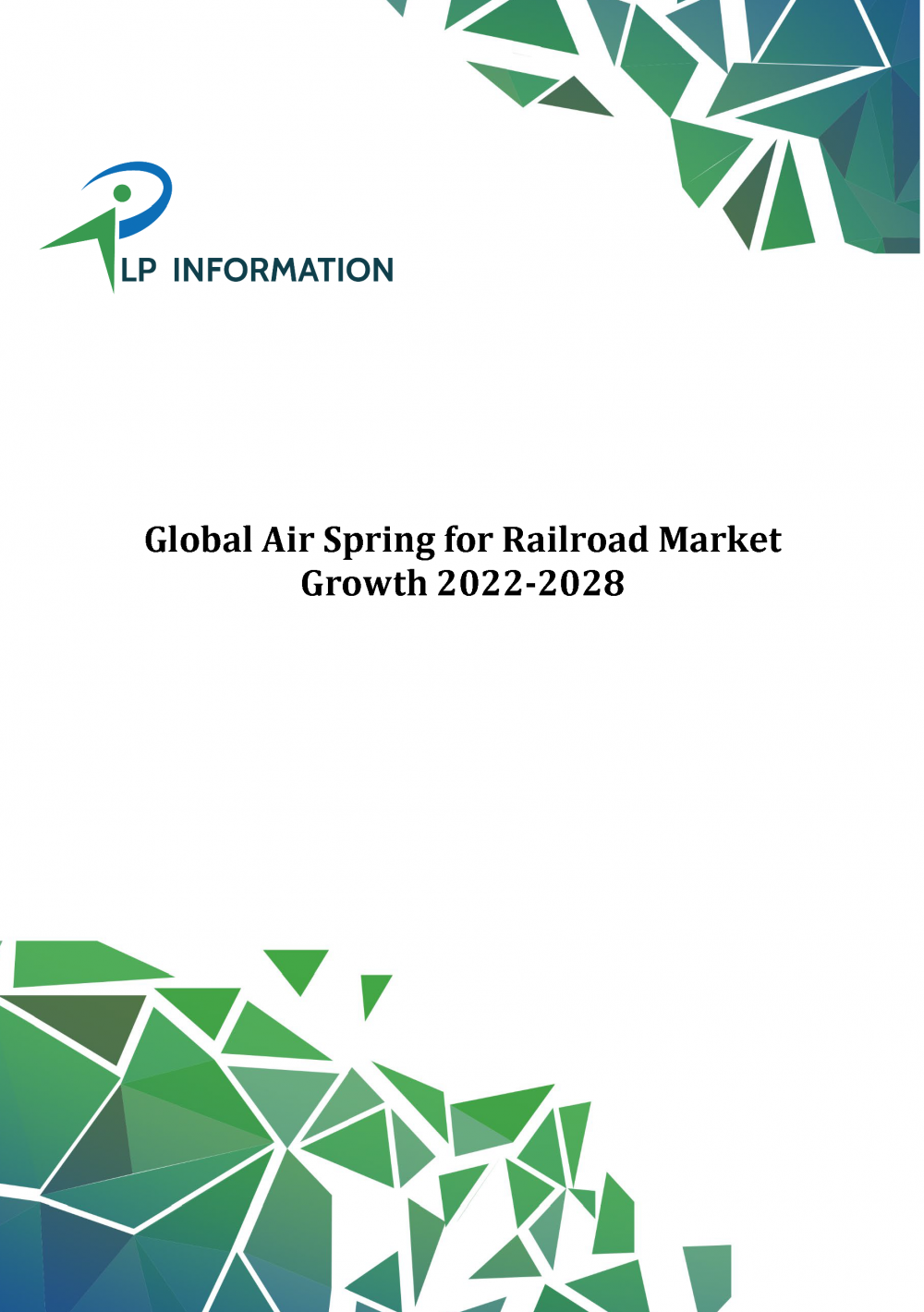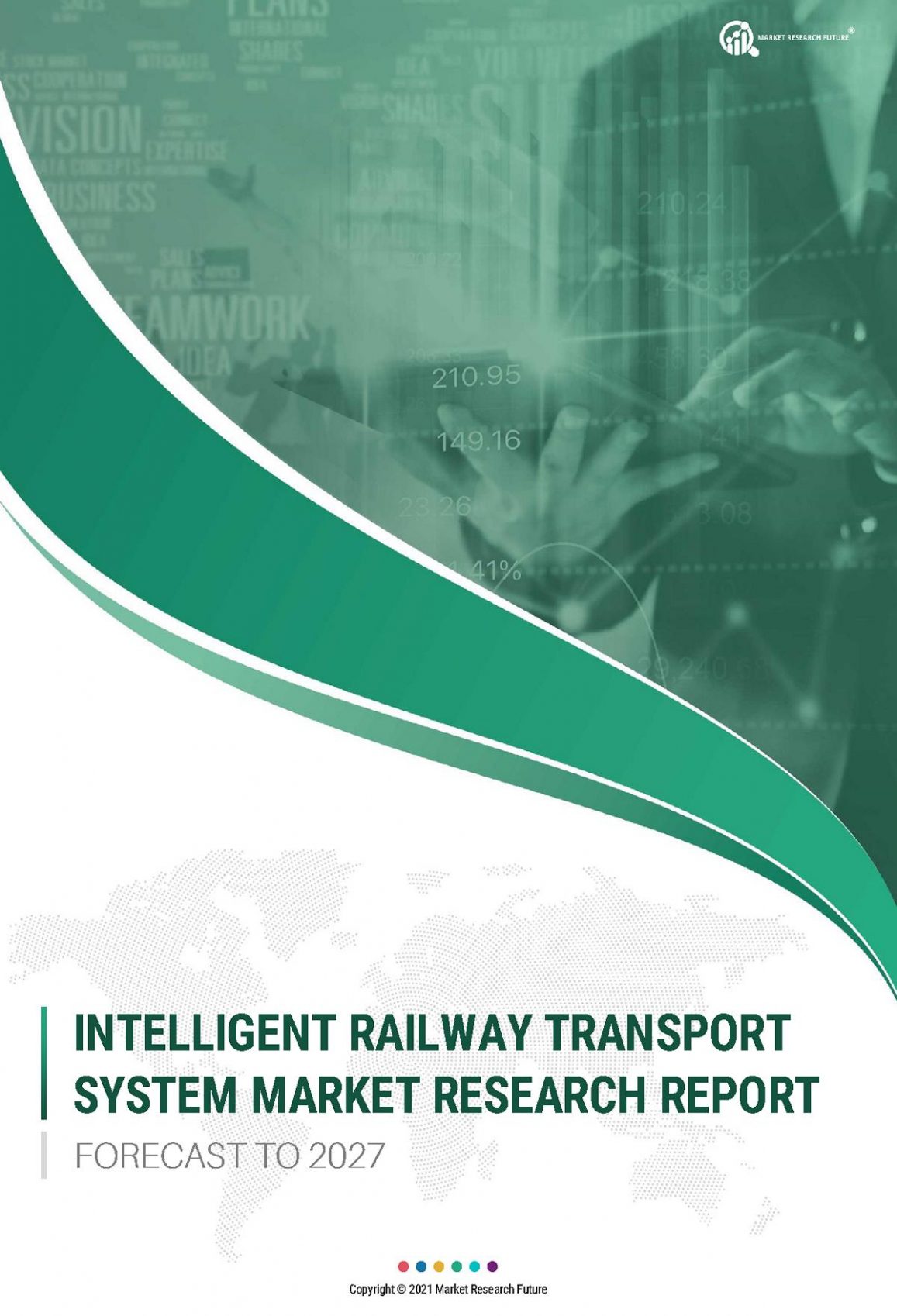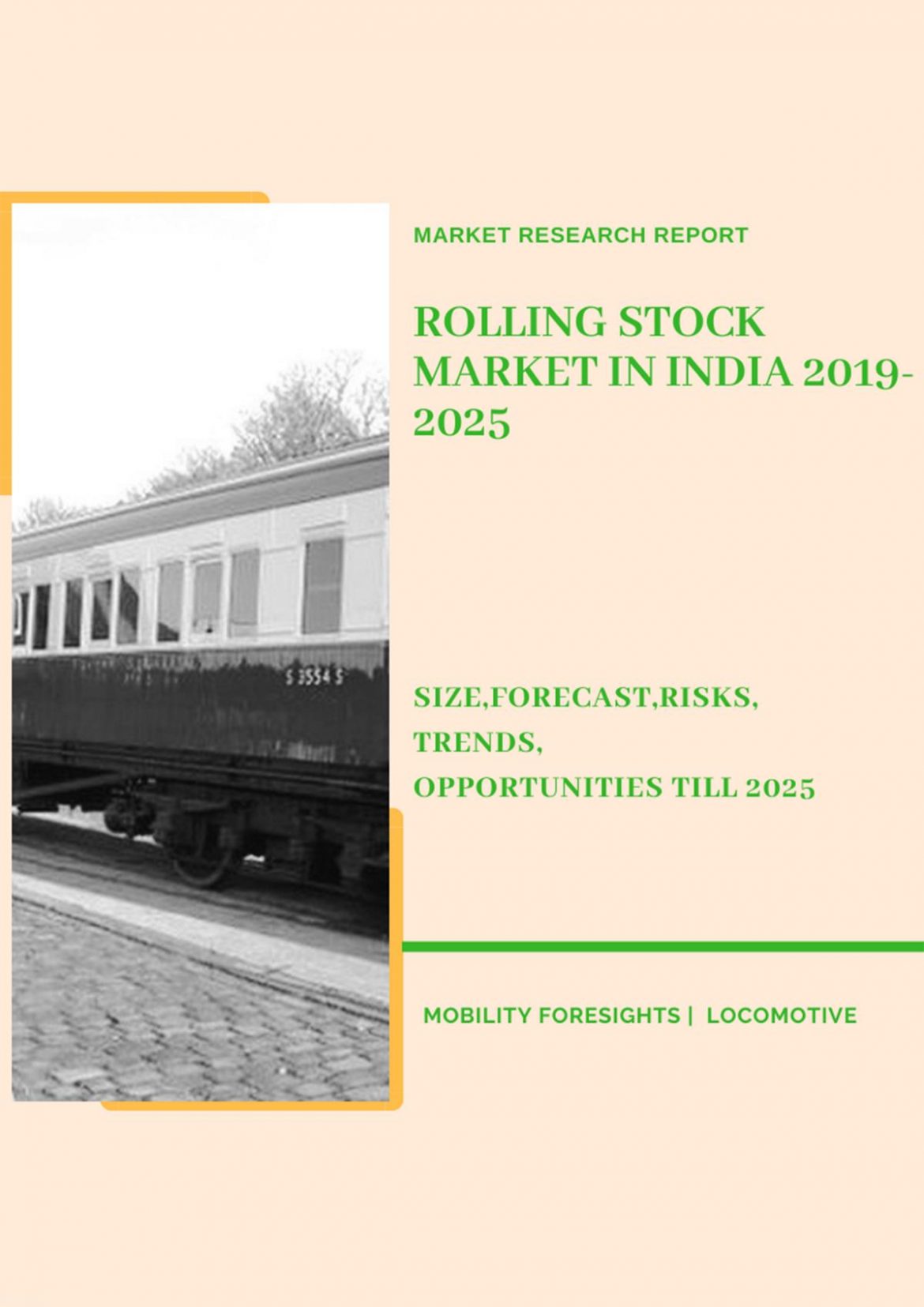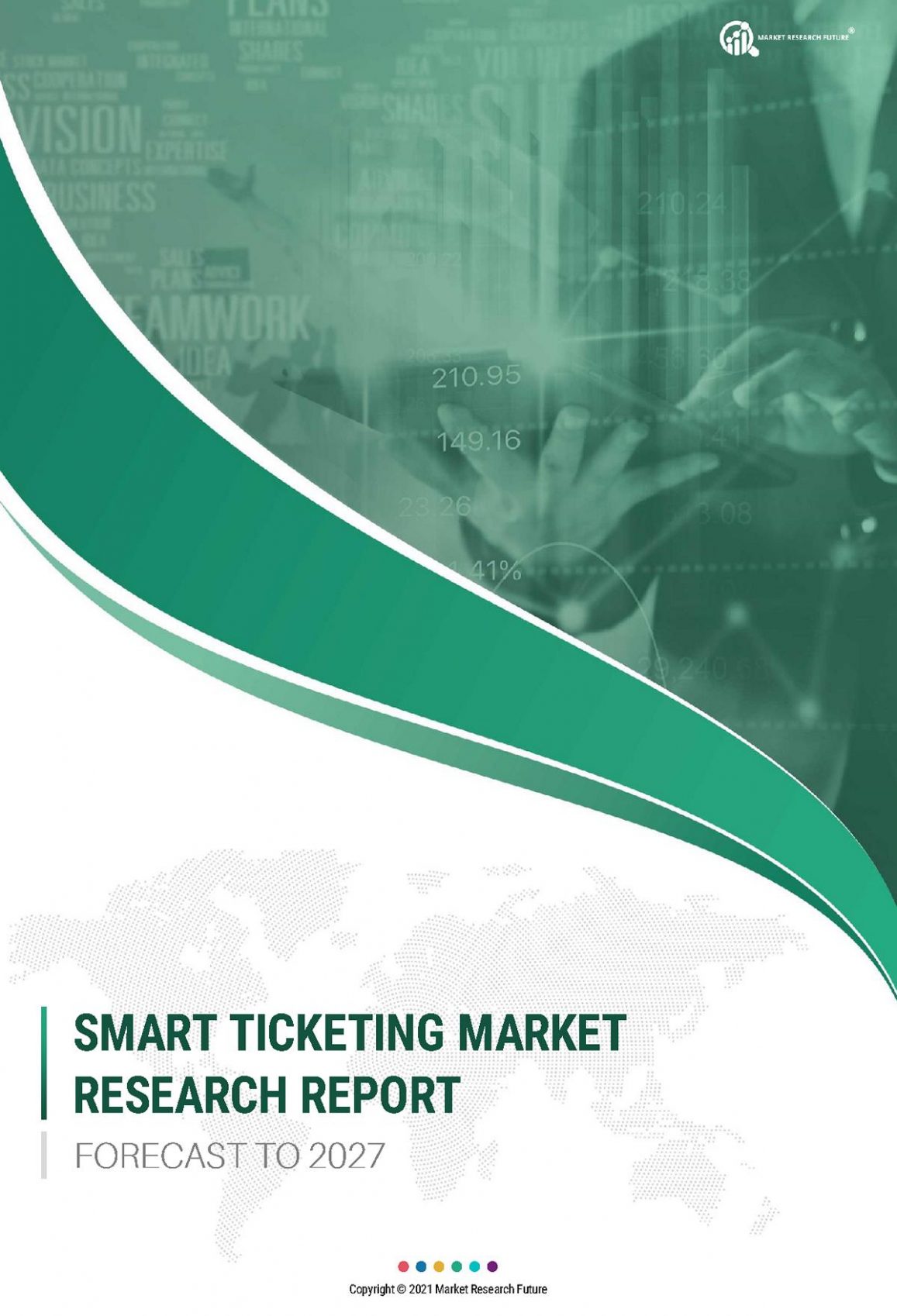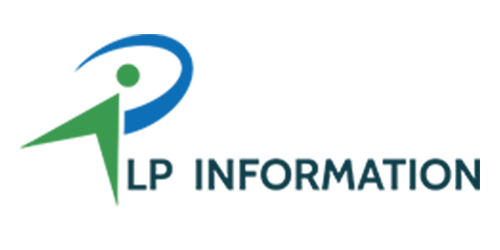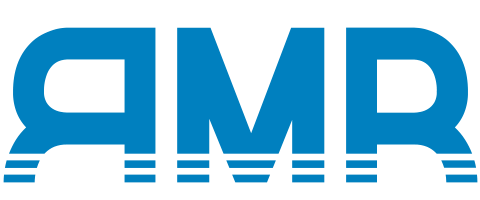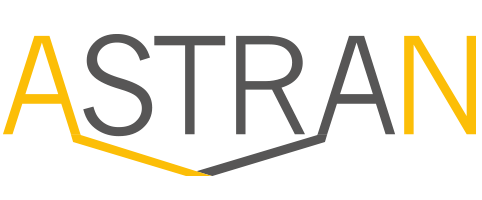Description
Global Rail Fuel Cell Market 2022-2030
INTRODUCTION
At the point of usage, trains running on hydrogen produce no pollutants. A fuel cell, which generates energy by fusing the hydrogen stored on the train’s roof with the oxygen in the surrounding air, provides the energy needed for the systems of the train. This method doesn’t release any carbon dioxide.
Additionally, they are effective: internal combustion engines are only slightly less effective than fuel cells. Cost-efficient and low-maintenance are two benefits of fuel cells. Hydrogen-powered trains run smoothly and quietly. Because all that comes out of the exhaust is steam and condensed water, hydrogen produces very little noise while driving.
GLOBAL RAIL FUEL CELL MARKET SIZE AND FORECAST
The Global rail fuel cell market accounted for $XX Billion in 2021 and is anticipated to reach $XX Billion by 2030, registering a CAGR of XX% from 2022 to 2030.
GLOBAL RAIL FUEL CELL MARKET DYNAMICS AND RECENT RECENT PRODUCT DEVELOPMENT
The development of trains powered by hydrogen fuel cells has been put out to bid by the Indian Railway. The goal of this initiative is to advance hydrogen mobility in India. For the 89 km segment of the Northern Railway between Sonipat and Jind.
A 100 km (60 mile) piece of track in northwest Germany will eventually be replaced by 14 hydrogen-powered trains operated by Landesnahverkehrsgesellschaft Niedersachsen.
The Coradia iLintTM is the first passenger train in the world to run on traction-generating electricity generated by a hydrogen fuel cell. Because it only emits steam and condensed water, this zero-emission train makes a relatively modest amount of noise.
The first hydrogen fuel cell-powered fixed rail electric tram in the world is being powered by Ballard motive modules in China. A new generation of hydrogen-powered trains with an exceptionally long lifecycle, high power density, and enhanced efficiency is being developed by Ballard and Siemens together.
COMPANY PROFILE
- Siemens
- CRRC Corporation Limited
- Kawasaki Heavy Industries, Ltd.
- BNSF Railway Company
- Wabtec Corporation
- Construcciones Y Auxiliar De Ferrocarriles
- IHI Corporation
- Hyundai Corporation
- Engie
- Talgo
- Hitachi Ltd.
- PESA Group
- Progress Rail (Subsidiary of Caterpillar)
- Stadler Rail AG
- Toyota Motor Corporation
- Alstom
- Ballard Power Systems
THIS REPORT WILL ANSWER FOLLOWING QUESTIONS
- What is the average cost per Global rail fuel cell market right now and how will it change in the next 5-6 years?
- Average cost to set up a Global rail fuel cell market in the US, Europe and China?
- How many Global rail fuel cell markets are manufactured per annum globally? Who are the sub-component suppliers in different regions?
- What is happening in the overall public, globally?
- Cost breakup of a Global rail fuel cell market and key vendor selection criteria
- Where is the Global rail fuel cell market manufactured? What is the average margin per equipment?
- Market share of Global rail fuel cell market manufacturers and their upcoming products
- The most important planned Global rail fuel cell market in next 2 years
- Details on network of major Global rail fuel cell market and pricing plans
- Cost advantage for OEMs who manufacture Global rail fuel cell market in-house
- 5 key predictions for next 5 years in Global rail fuel cell market
- Average B-2-B Global rail fuel cell market price in all segments
- Latest trends in Global rail fuel cell market, by every market segment
- The market size (both volume and value) of the Global rail fuel cell market in 2022-2030 and every year in between?
- Global production breakup of Global rail fuel cell market, by suppliers and their OEM relationship


